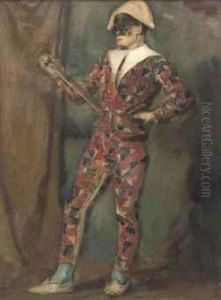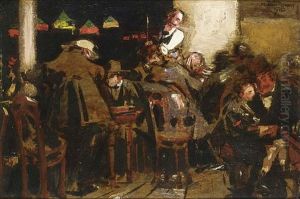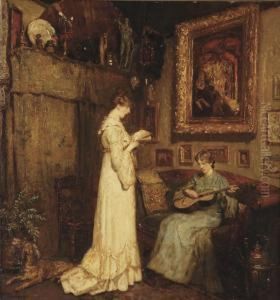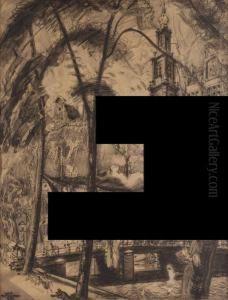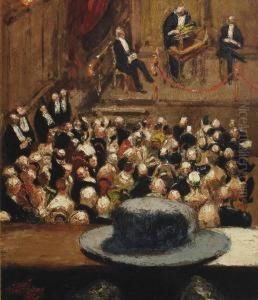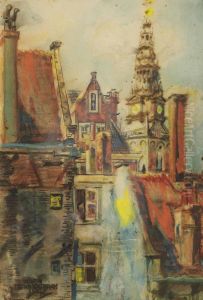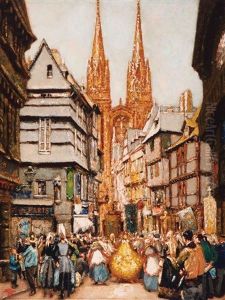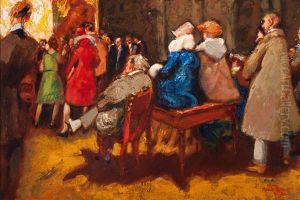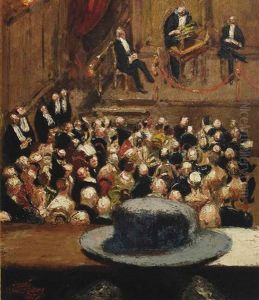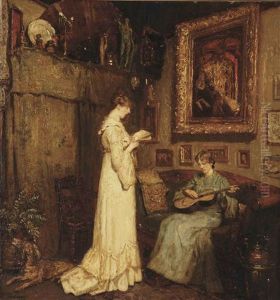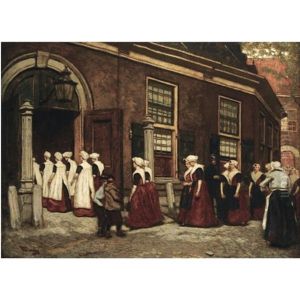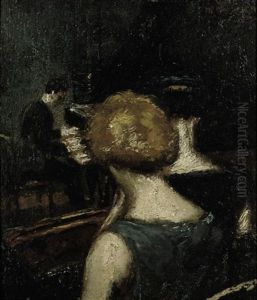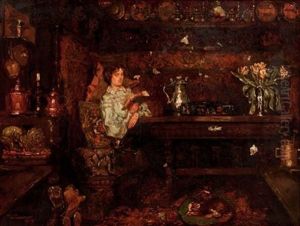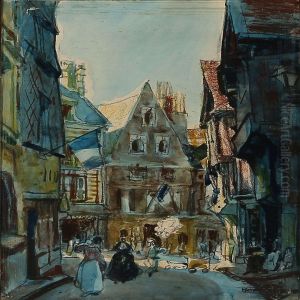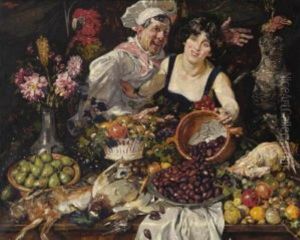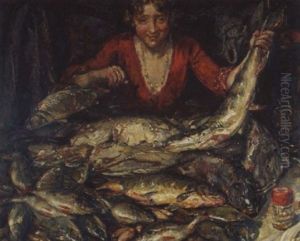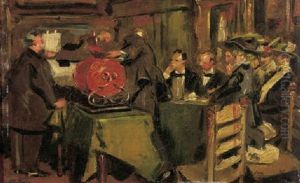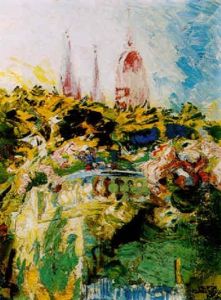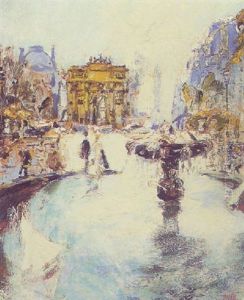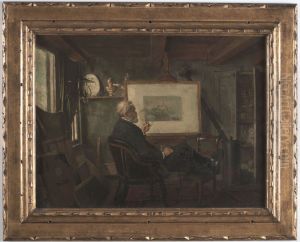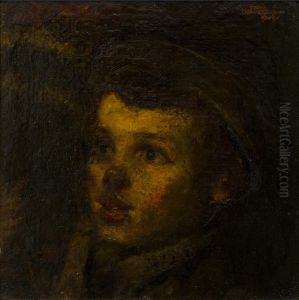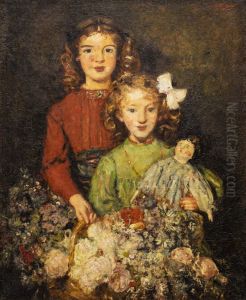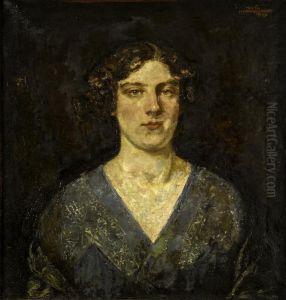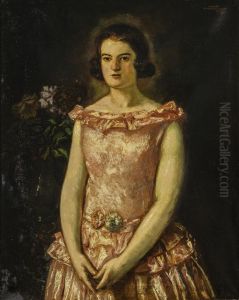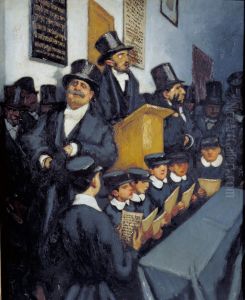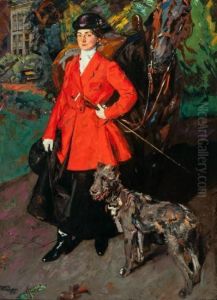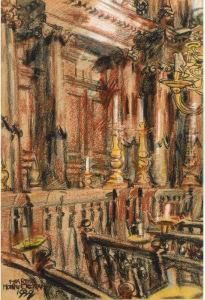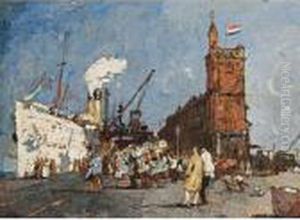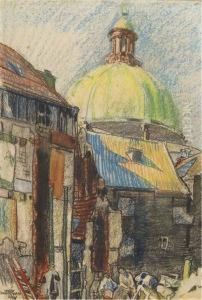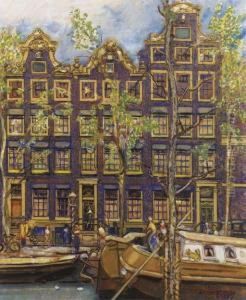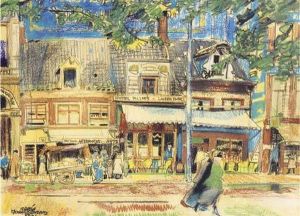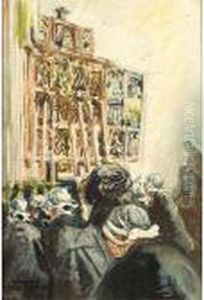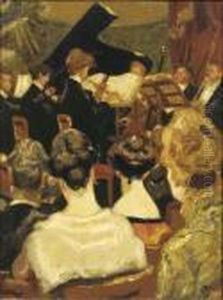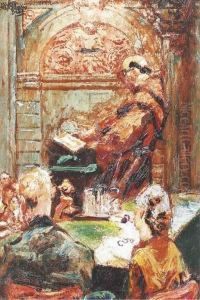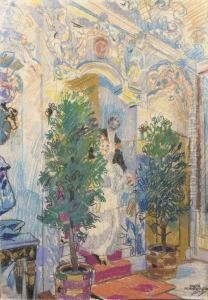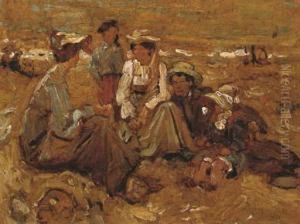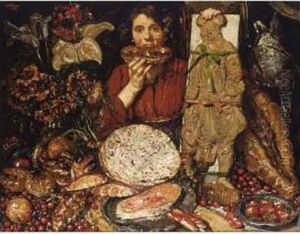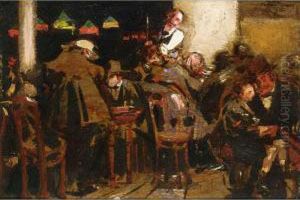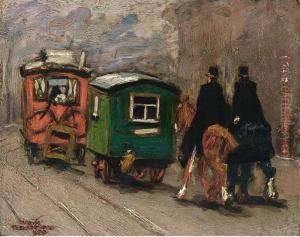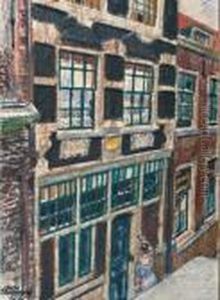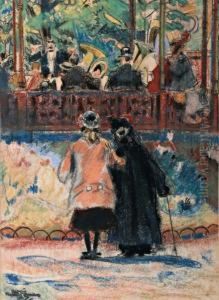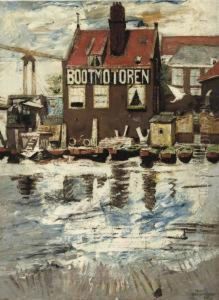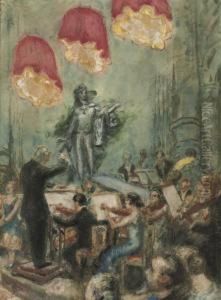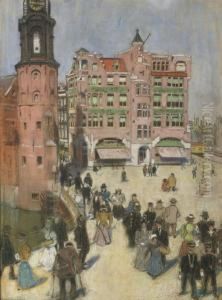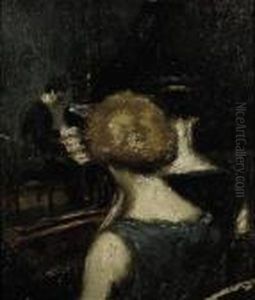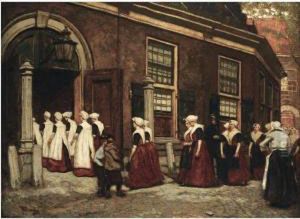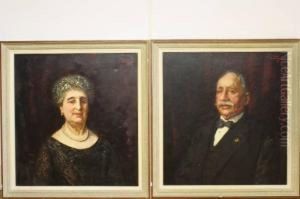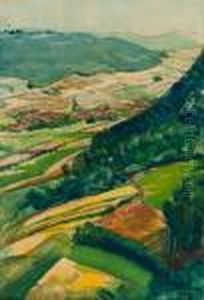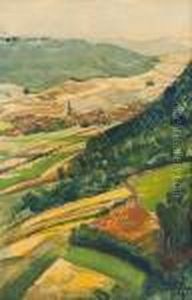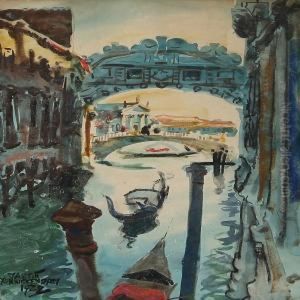Martin Monnickendam Paintings
Martin Monnickendam was a Dutch painter known for his vibrant use of color and dynamic portrayal of figures and scenes. Born on February 17, 1874, in Amsterdam, Netherlands, Monnickendam developed an interest in art at a young age. He studied at the Rijksakademie van beeldende kunsten in Amsterdam, where he was taught by notable teachers such as August Allebé and Antoon Derkinderen. His early work was influenced by the Amsterdam Impressionism movement, which was part of a broader trend of Impressionism throughout Europe.
Monnickendam's art evolved over the years, displaying a fascination with light and a tendency to capture the bustling life of Amsterdam, including its streets, markets, and the daily activities of its inhabitants. He was particularly interested in the social aspects of the city, often depicting the contrasts between the rich and the poor.
Throughout his career, Monnickendam traveled extensively, which broadened his artistic influences. His travels took him to Italy, where he was deeply impressed by the Renaissance masters. The influence of Italian art can be seen in his use of color and composition. Despite his travels, Monnickendam remained largely based in Amsterdam and continued to draw inspiration from his home city.
During his lifetime, Monnickendam did not achieve the same level of fame as some of his contemporaries. However, he was a prolific artist, and his work was exhibited in various shows, including the Stedelijk Museum in Amsterdam and internationally. His dedication to his craft was evident, and he continued to paint until his death on January 22, 1943.
After his death, Martin Monnickendam's contribution to Dutch art began to be more widely recognized. Today, his work is appreciated for its energetic brushwork, vivid palette, and keen observation of social life. His paintings can be found in the collections of many museums in the Netherlands, including the Amsterdam Museum and the Jewish Historical Museum in Amsterdam. Monnickendam's legacy is that of an artist who captured the essence of Dutch society during a period of significant change and did so with a unique artistic voice.
